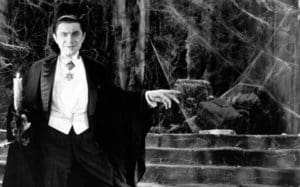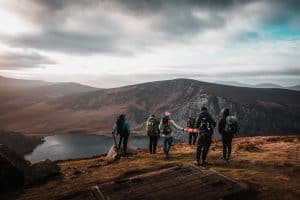Maritime Legends from Ireland to the Caribbean: Unveiling Oceanic Myths and Folklore
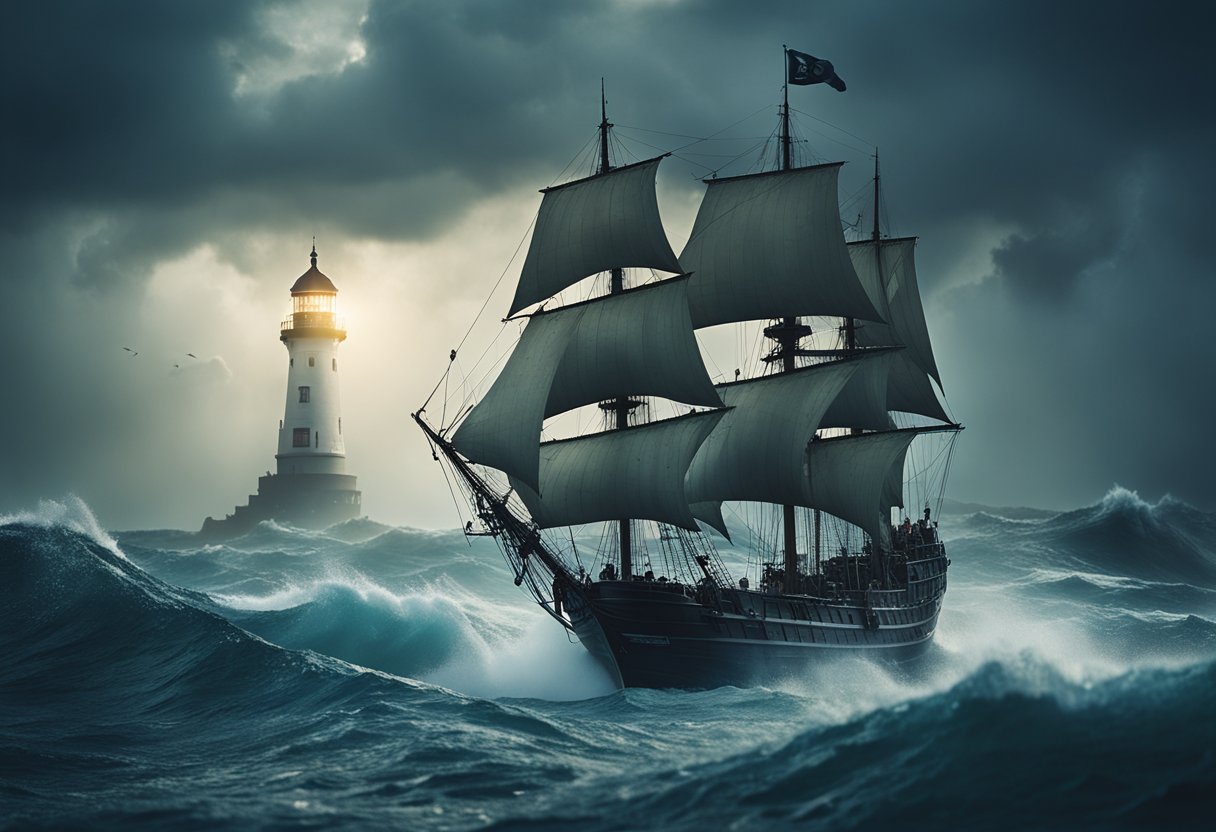
Updated On: April 24, 2024 by Raghda Elsabbagh
Maritime legends form a rich tapestry of oral history, weaving together the experiences, beliefs, and artistic expressions of coastal communities. From the rugged coastlines of Ireland to the sun-kissed islands of the Caribbean, these tales have documented the life and lore of the sea. They are as varied as the waters they originate from, reflecting the fears, hopes, and the very essence of the people who live by the ocean’s edge. These stories capture the imagination with accounts of mythical creatures, ghost ships, and mermaids, all of which have been passed down through generations.
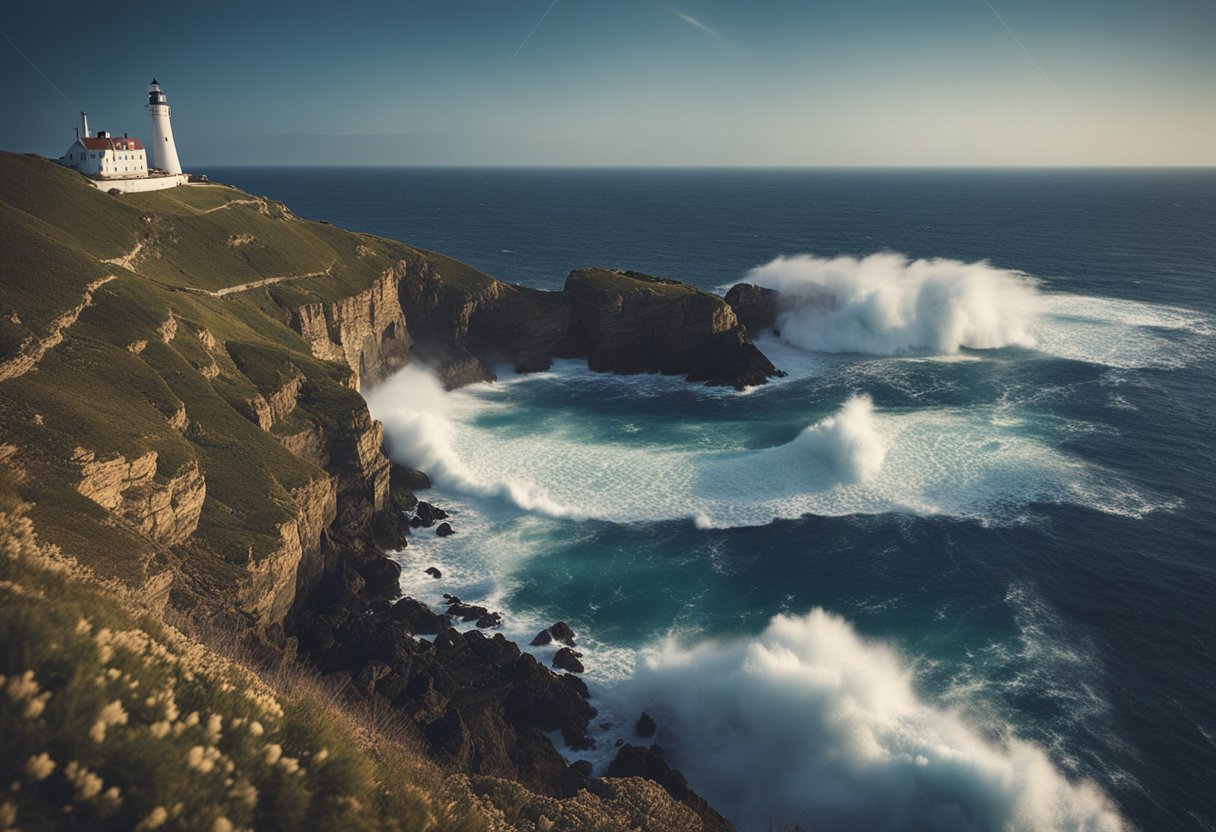
Our understanding of maritime legends is deeply intertwined with the exploration of art, folklore, and the ship and sailor lifeways. Through the ages, these narratives have not only been spoken or sung but also have found their way into paintings, sculptures, and literature, cementing their place in our cultural history. These legends offer insight into social values such as bravery, adventure, and unity, as well as representations of gender roles and superstitions that helped mariners cope with the often inexplicable and daunting natural phenomena of the sea.
Table of Contents
Historical Context of Maritime Legends
Maritime legends have been shaped significantly by their historical and cultural contexts, serving as records of human interactions with the sea. These stories are often deeply rooted in the maritime traditions of the societies that created them, reflecting the hopes, fears, and experiences of those who lived and worked along the coastlines.
Ireland’s Seafaring Heritage
Ireland’s maritime history is as turbulent and deep as the Atlantic waters that surround it. Our nation’s connection with the sea is ancient and intertwined with our identity and culture. Sailors and fishermen from these shores have braved the ocean for centuries, with their legacies carried on in the tales passed down through generations. In Irish maritime legends, we find a wealth of tales about mythical creatures and supernatural phenomena, often linked to real events or historical figures. For instance, accounts of sea apparitions and storm-making reflect the challenges faced by sailors during treacherous voyages.
Caribbean Sea Lore and History
The Caribbean Sea, known for its clear blue waters and vital shipping routes, has a rich history of maritime lore shaped by a diverse mix of African, European, and indigenous influences. The Caribbean’s sea tales often speak of legendary pirates, perilous adventures, and the entwined fates of sailors with the sea. Within these narratives, the historical context is vibrant with accounts of exploration, colonialism, and the cultural exchange that came with the European conquest and the tragic Atlantic slave trade. Tales of ghost ships and mermaids have permeated the Caribbean culture, adding a supernatural dimension to the region’s complex maritime history.
Maritime legends from both Ireland and the Caribbean are not mere ghost stories; they are woven into the very fabric of our histories, providing us with insights into the lives of the sailors and communities that have long depended on the mighty and mysterious sea.
Mythology and Folklore Traditions
In our exploration of maritime legends, we observe a rich tapestry woven from centuries of seafaring tales and deific reverence. From the rugged coasts of Ireland to the sun-kissed islands of the Caribbean, these traditions encapsulate the mysteries of the sea and the cultural identities of their people.
Celtic and Gaelic Legends
In Irish mythology, the sea holds a sacred place, with many stories centred on mythical creatures and immortal beings. Tales such as The Children of Lir speak of transformation and enchantment, with children turned into swans and destined to roam the waters. Learn about these enthralling tales including the Salmon of Knowledge, which intertwines the pursuit of wisdom with the majesty of Ireland’s waterways.
On Ireland’s shores, the mystical Merrow, comparable to mermaids and mermen, are described as alluring sea maidens with captivating beauty who embody the ocean’s dual nature of nurture and danger. They are an integral part of Irish maritime folklore, capturing the imagination through their poignant stories.
Afro-Caribbean and Arawak Influences
Moving to the warm Caribbean Sea, the mythology evolves with a diverse blend of Afro-Caribbean myths and the ancient beliefs of the Arawak people. The Caribs, indigenous to the region, have a history steeped in legends that have sculpted their identity and resistance against colonizers. The islands’ lore is populated by various spirits and deities, where the sea is often a central figure in narratives of creation and cosmology.
The Caribbean also boasts a myriad of spirits and sea gods that have traversed from African shores through the diaspora. These entities are revered in tales that feature prominently in local folklore traditions, reflecting the Caribbean’s deep connection with the ocean and its natural phenomena. Understand the fabric of this region’s culture through stories about Caribbean history and mythology.
Iconic Sea Legends
In our exploration of maritime lore, we uncover the enthralling tales that have captivated seafarers and landlubbers alike. These stories are steeped in the cultural heritage of coastal communities and remain as alluring today as when they first set sail in hushed whispers and fireside recounts.
The Tale of the Selkie
Selkies, mythological creatures found in Irish, Scottish, and Norse folklore, are said to live as seals in the sea but shed their skin to become human on land. The transformative nature of these beings has led to numerous stories of selkies seeking human companions, often with tragic or magical consequences. The narratives frequently entangle themes of love, loss, and freedom, with selkies either longing to return to the sea or being forced back by their human kin. These legends have been immortalised in Marine Legends, Fairy Tales and Folklore in Ireland and continue to enchant us with their supernatural allure.
Davy Jones and Pirate Myths
The menacing figure of Davy Jones is a staple of maritime legend, often envisioned as the sailor’s devil or the embodiment of the sea’s perils. Sailors would speak of Davy Jones’ Locker, where the souls of drowned mariners were doomed to reside. This legendary sea phantom accompanies tales of piracy and adventure across the Caribbean, where the golden age of piracy painted the waters with stories of notorious pirates like Blackbeard and Calico Jack.
These tales and more form the corpus of legends that recount the lives of those who lived—and died—by the sail and sword. Recollections of these swashbuckling pirates and their sea-bound escapades are immortalised in digital archives like the one found at 14 Famous (& Obscure) Ocean & Sea Myths from Six Cultures, providing a glimpse into the daring exploits that shaped the legends of the sea.
Artistic Representations in Maritime Lore

The tapestry of maritime lore is vibrantly coloured by artistic expressions that convey the deep connections between the sea and those who dwell beside it. We’ll explore how folklore and literature immortalise these oceanic tales.
Folk Art and Storytelling
Maritime lore has been perpetuated through generations by the adept hands and imaginative minds of folk artists. Within Ireland, artisans crafted Claddagh rings, embedding the story of love and loyalty illustrated by hands clasping a heart surmounted by a crown. Across the Caribbean, vibrant paintings of mermaids echo the tales of these mythical sea beings in local lore. Folk art serves as a visual narrative, where every stitch and brushstroke reveals another chapter of the maritime saga.
In storytelling, Seanachaís bridged the past and present, spinning yarns of the sea to enraptured audiences. Each tale, from the Salmon of Knowledge to stories of perilous voyages, was accentuated by the cadence and emotion imbued by the storyteller.
Literary Contributions
Writers have played an instrumental role in chronicling the maritime myths that roil as tumultuously as the sea itself. Irish writers captured the essence of the ocean’s mystery in literature, with W.B. Yeats penning The Wanderings of Oisin, while Jamaica Kincaid explored the deeper currents of colonialism and identity in her Caribbean narrative. The written word becomes a vessel for maritime tales, navigating through time to anchor in our collective memory.
These literary works forge a bond between land, sea, and sky—fostering our understanding of the complex relationship humanity shares with the maritime world. From poetry to prose, writers craft a legacy of legends that lap against the shores of our imagination, enduring as a testament to the sea’s perpetual influence on culture and history.
Gender Roles and Representation
In illuminating the rich tapestry of sea folklore, we observe a distinct portrayal of gender roles, especially when revisiting legends that have traversed from the emerald coasts of Ireland to the sun-kissed islands of the Caribbean.
Women in Sea Legends
Ireland’s Grace O’Malley reigns as a prime exemplar of female tenacity in maritime legends. Known as the ‘Pirate Queen’, her seafaring exploits are etched deeply in Irish folklore. Grace’s command over men and ships alike challenges the traditionally male-dominated realm of piracy and breaks from the period’s gender norms. Similarly, the Caribbean offers tales of Anne Bonny and Mary Read, fierce pirates who are remembered for their extraordinary defiance of societal expectations. These women carved their destinies upon the high seas, a domain relentlessly unforgiving and wild.
Legends of mermaids also play a pivotal role, often embodying the mystique and peril of the ocean itself. Mermaids, represented in folklore worldwide, from Homer’s sirens to the selkies of Celtic myths, capture the imagination, carrying with them a potent symbol of female allure and autonomy that resonates through the ages.
Legendary Sea Men
In maritime lore, the male figure has been lionised, embodying the quintessential sea adventurer. The fishermen of age-old tales serve as custodians of the sea’s bounties and its tempests. Emblematic in their hardiness and seafaring knowledge, they are revered for their closeness to the perilous beauty of the oceans.
Legendary seamen are often depicted as heroes with strengths that command the respect of both their peers and the elements. These characters, from the formidable captains sailing uncharted waters to the wizened old salts with tales as deep as the deep blue, are etched into the heritage that shapes our understanding of a mariner’s life.
These enduring myths and legendary figures give insight into how the sea has been a stage for challenging and reshaping gender roles across different cultures and epochs.
Phenomena of the Sea
In examining maritime superstitions and observed occurrences, we unearth fascinating insights into how sailors interpreted the signs and wonders of the sea.
Storm Omens and Forecasting
Sailors have long relied on the sea’s behavioural patterns to predict the weather. Such omens as an unusually red sunset or flocks of birds flying low over the water signified an approaching storm. Centuries of ocean travel honed this knowledge, transforming storm forecasting into an essential skill for navigation and survival at sea. For example, the old saying, “Red sky at night, sailor’s delight; red sky in the morning, sailors take warning,” summarises this wisdom succinctly.
Apparitions and Sea Visions
Tales of apparitions and sea visions have been woven into the fabric of seafaring lore. The Caribbean and Irish coasts, steeped in their own rich folklore, tell of extraordinary creatures and phenomena. In Ireland, the maritime memorates speak of mermaids and other ethereal beings that personify the sea’s unpredictable nature. Farther afield, sailors have reported seeing storm apparitions, with accounts of visions manifesting moments before tumultuous weather, regarded by some as ill omens or warnings from the ocean itself. These narratives reflect not only the fears and hopes of seafarers but also underscore our continued fascination with the mysteries of the marine world.
Ship and Sailor Lifeways
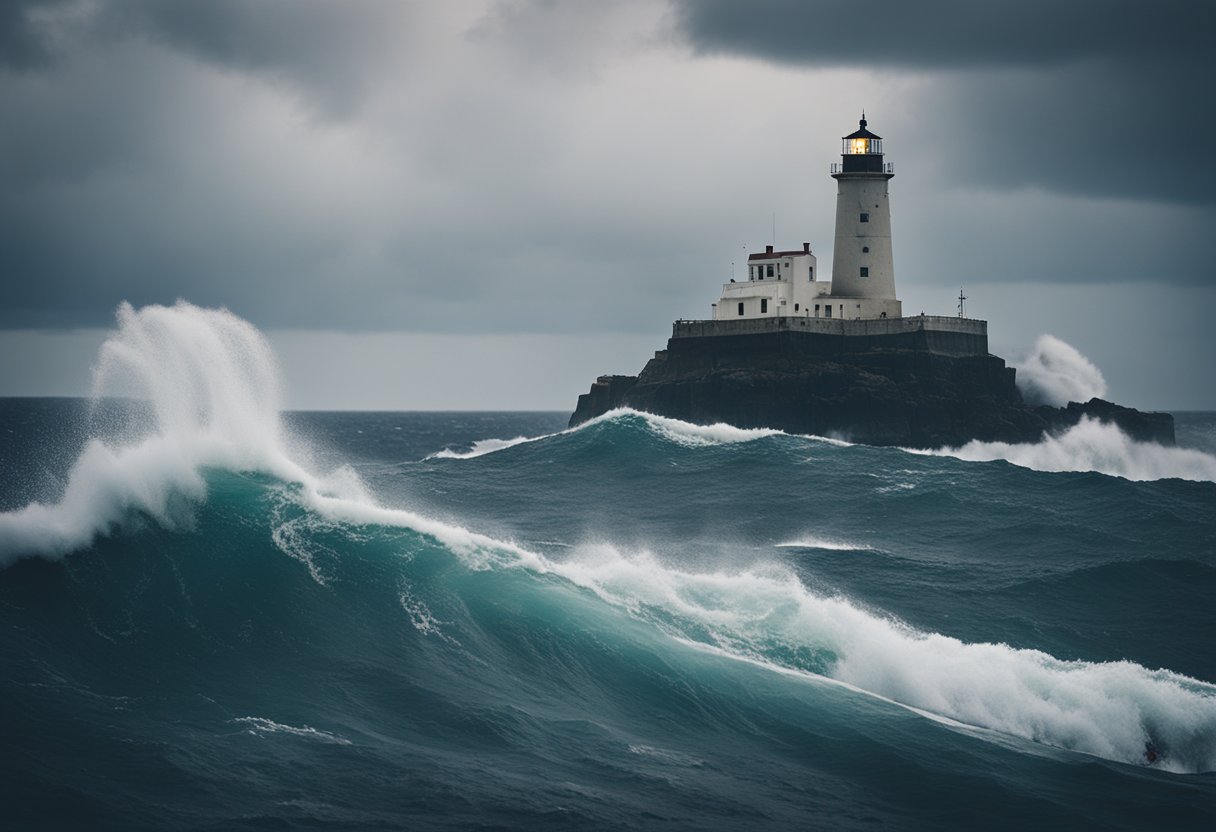
Exploring maritime legends from Ireland to the Caribbean reveals a tapestry of lifeways that underpin seafaring culture. Our understanding of these narratives is enriched by examining the day-to-day realities of both the sailors who traversed the oceans and the coastal communities that thrived where land met the sea.
Life Aboard Ship
Life aboard a ship was dictated by the relentless rhythm of the sea and the demands of maritime protocol. Every boat was a microcosm of society, with a strict hierarchy from the captain down to the deckhands. Sailors spent their days performing a variety of tasks, from handling the sails and maintaining the mast to navigating and ensuring the safety of the boat. Conditions could be treacherous; shipwrecks were a constant threat, especially when ships collided with hidden rocks or were caught in violent storms. For many, these vessels became both their home and their final resting place beneath the waves.
- Daily Routine:
- 04:00: Wake and man the watch
- 08:00: Breakfast and commence main duties
- 12:00: Midday meal and navigation checks
- 16:00: Continue work tasks; maintenance
- 20:00: Evening meal and prepare for night watches
Life was hard, and provisions were basic. A sailor’s diet often consisted of salted meat, hardtack, and whatever fresh fish could be caught, supplemented with water and occasionally rum to ward off the chill and dampness of the sea air.
Coastal Communities
Coastal communities were a stark contrast to the life spent out at sea. These were bustling hubs of commerce and social exchange where tales from distant lands were as eagerly traded as the goods brought ashore. The coast served as the interface between land and sea, a place where families awaited with bated breath news of their loved ones and where every rock and jetty might have a story to tell.
- Roles within Coastal Societies:
- Fishermen: Directly relied on the sea for livelihood
- Shipbuilders: Crafted vessels capable of withstanding the ocean’s might
- Traders: Bartered and sold goods from across the waters
- Storytellers: Kept alive the legends of maritime endeavours
- Lighthouse Keepers: Offered guidance to prevent shipwrecks on perilous coasts
Each member of these communities played their part in maintaining a way of life that had endured for generations. They built boats designed to navigate both local waters and the vast expanse of the open ocean, and they fostered the lore of those who sailed beyond the horizon.
Supernatural and Superstitious Beliefs
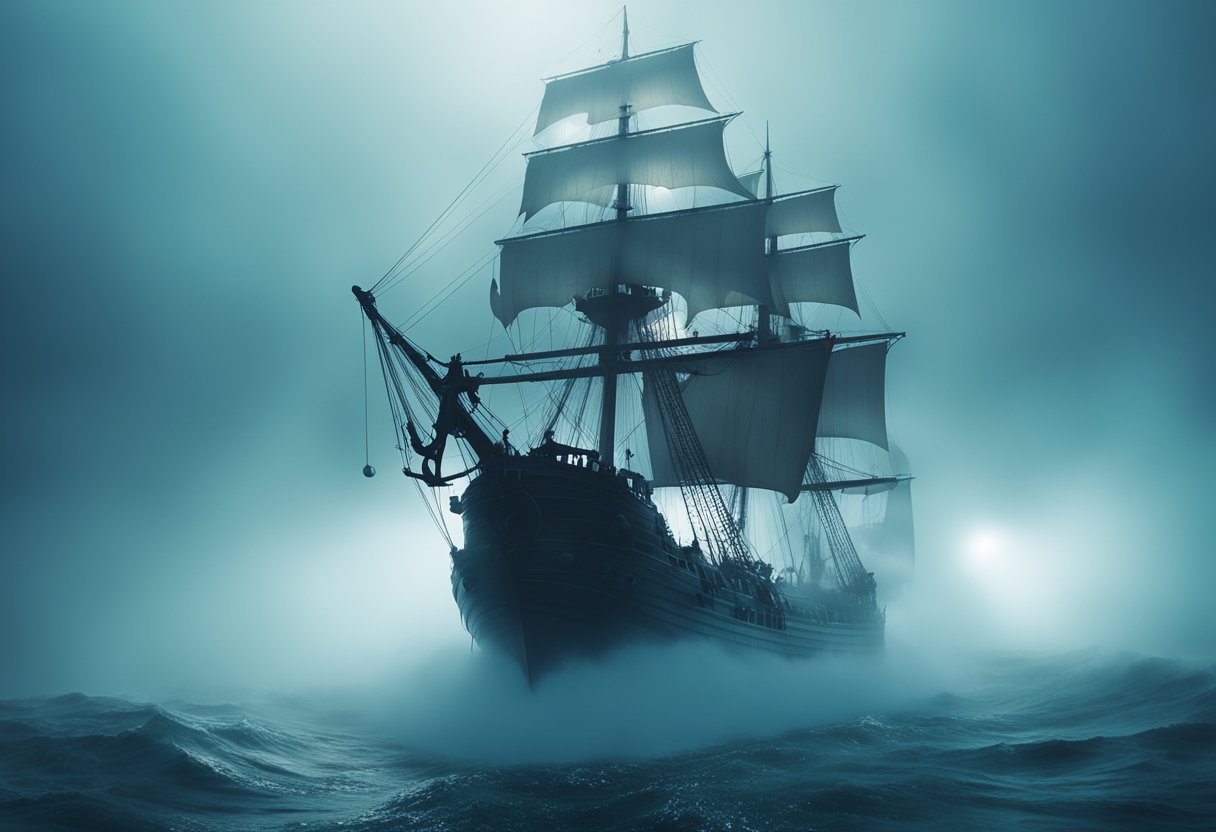
Sailing the seas weaves tales of the unknown, where the line between the natural and supernatural blurs. In our journey through maritime lore, we find a reservoir of beliefs entwined with the fabric of sailor life.
Witches and Storm-Making
In maritime legends, witches have been feared and revered for their purported ability to control the weather. Storm-making is a power often attributed to these enigmatic figures. It was believed that witches could conjure tempests that could doom ships, leading many sailors to perform rituals or carry charms to protect their vessels.
Omens at Sea
We often observe omens to forecast our fate and the turn of tides. Superstitious beliefs include sightings of peculiar seabirds or interpreting unexpected changes in wind patterns as signs of impending doom or good fortune. Sailors abide by these omens, which may dictate their actions and influence their sense of security in the unpredictable embrace of the ocean.
Sailors’ beliefs, ranging from omens to the powers attributed to witches, continue to colour the rich tapestry of maritime culture. These tales remind us of our ancestors’ attempts to make sense of the vast and mysterious world they navigated.
Contemporary Maritime Stories

Maritime lore continues to thrive, evolving with the times to include tales and encounters that resonate with contemporary audiences. Stories of the sea have always captured the human imagination, and today, they blend tradition with modern-day experiences.
Modern-day Pirate Encounters
Pirates have long been a subject of fascination, with their daring exploits and adventurous spirits. While the Golden Age of Piracy is behind us, incidents on the high seas still occur, making them the foundation for new-age tales. For example, the waters off the coast of Somalia have gained notoriety for modern piracy, with commercial vessels often facing the threat of being boarded. These contemporary encounters inform current maritime narratives, creating a rich tapestry that weaves together the past and present.
Urban Sea Legends
Oceanic urban legends often find their roots in real events or phenomena, exaggerated as they pass from person to person. Take the story of ghost ships, which can often be explained by natural occurrences yet inspire a sense of mystery and unease. The Maritime Memorates of Ireland and Scotland are perfect examples of how regional folklore can influence a nation’s literature and culture, invoking awe with tales of spectral vessels and sea-faring phantoms amidst the mist. These tales, grounded in truth yet adorned with myth, bring to life the contemporary legends that enrich our maritime lore.
Research and Documentation
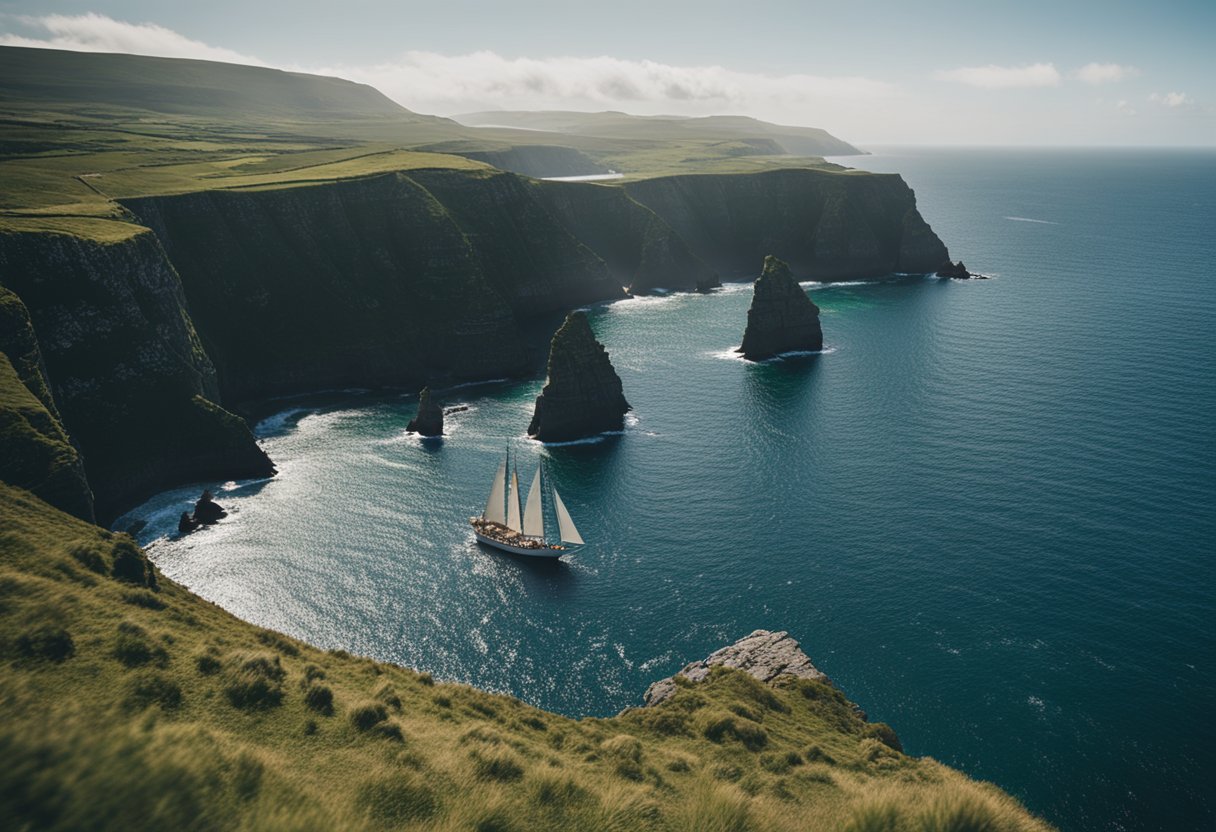
In pursuit of understanding the rich tapestry of maritime legends from Ireland to the Caribbean, dedicated research and documentation efforts have been paramount. These efforts allow us to unravel the complexity and evolution of maritime lore.
Academic Studies and Categories
Scholars have meticulously categorised these legends, allowing us to comprehend the various themes and motifs present in the narratives. For instance, PhD students and academics have conducted studies that range from the supernatural creatures that Irish mariners spoke of to the maritime traditions of the Caribbean. One such study on the typological categorisation of maritime memorates from Ireland and Scotland can be found in publications like Stories of the Sea.
Fieldwork and Maritime Memorates
The role of fieldwork in documenting these tales is essential. Many researchers partake in expeditions, interviewing seafarers and coastal inhabitants to gather firsthand accounts. These maritime memorates, or personal experiences at sea, provide valuable insights into changes in seafaring life and the oral traditions passed down through generations. Research detailing contemporary legends and the maritime lore of Ireland and Scotland offer prime examples of fieldwork’s significance, which can be explored via Maritime Memorates and Contemporary Legends.
Preservation and Evolution
In the realm of maritime lore, the twin endeavours of safeguarding heritage and adapting narratives are of paramount significance. We navigate through the efforts to protect our storied seafaring past even as the methods and nature of our storytelling evolve.
Protecting Maritime Heritage
Our maritime history is a tapestry woven with countless tales, some teetering on the brink of being forgotten. It’s crucial to protect these underwater and coastal sites, as they are susceptible to threats such as coastal erosion and treasure hunting. Examples abound, such as the maritime heritage trails, which serve to both educate the public and preserve history. Historic shipwrecks, once vessels carrying Irish emigrants across the Atlantic or pirates in the Caribbean, now rest on the seabed, guardians of history’s mysteries.
Our quest for preservation is driven by decades of scholarship; take, for instance, Linda Rupert’s study of marronage in maritime history. We have sought to protect these historical narratives, ensuring that the sacrifices and stories of the past are not carried away by the tides of time.
Changes in Sea Storytelling
Stories have long been the compass by which we navigate our cultural heritage, and storytelling itself has ebbed and flowed like the tide. In Ireland and across the Caribbean, the tales of the sea have evolved from simple fireside myths to complex, multi-thread narratives, incorporating diverse perspectives, including those of the once voiceless. The evolution can be seen in how maritime stories, once passed down orally, are now often shared through digital media platforms like Connolly Cove, reaching a global audience.
Our storytelling has transformed alongside our media. What was once the domain of the spoken word and the printed page now unfolds on screens and through immersive experiences. This change has not only given old stories new life but has allowed us to introduce new themes into traditional narratives, reflecting contemporary values and issues.
As we continue to tell the tales of the three men who challenged the sea, it remains essential to both protect the truth within these stories and to allow them to transform, ensuring that maritime legends continue to capture the imaginations of listeners, both young and old.
Frequently Asked Questions
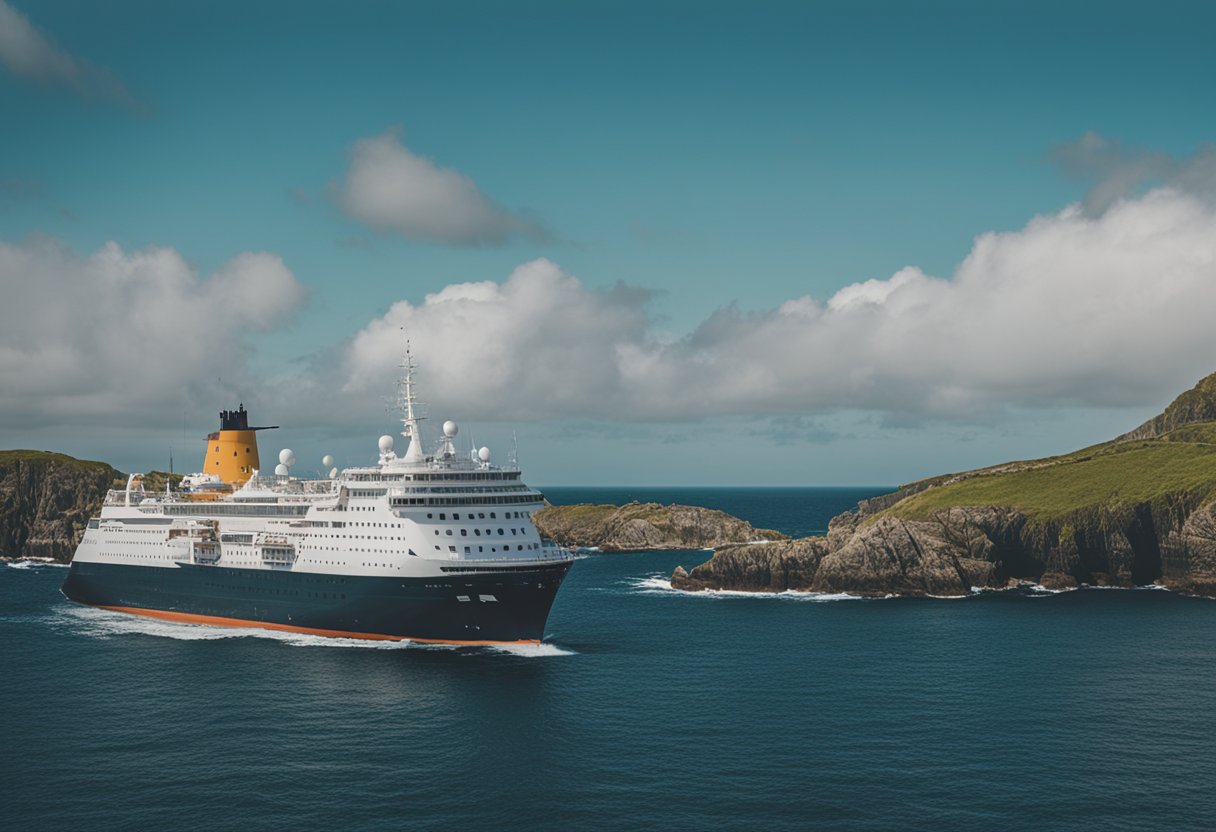
In this section, we address some intriguing questions about the rich tapestry of Irish maritime legends and their connections to the wider world, particularly the Caribbean.
Who was Grace O’Malley, and what was her significance in Irish maritime history?
Grace O’Malley, known as Gráinne Mhaol in Irish, was a formidable 16th-century pirate queen who wielded significant power off the west coast of Ireland. Her maritime prowess and influence left an indelible mark on Irish history.
What are the connections between Irish heritage and Caribbean islands?
These islands saw the arrival of Irish emigrants, both voluntary and involuntary, during the colonial era. Today, Irish-influenced place names, surnames, and cultural imprints attest to these historical links.
Can you name a mythical creature originating from Irish folklore?
The banshee, or bean sí in Irish, is a mythical creature known in folklore for her wail, which is said to foretell a death within a family.
What is the legendary island said to be located off the coast of Ireland?
Hy-Brasil is a phantom island featured in many Irish myths, believed to be shrouded in mist and visible only once every seven years.
What tales of magic and folklore are common in Irish maritime legends?
Tales of selkies, creatures that can transform from seals into humans, and the mysterious merrows, equivalent to mermaids, frequently feature in Irish maritime folklore.
Which sea in Irish mythology is surrounded by legends and tales?
The Irish Sea is the subject of numerous legends and tales, including stories about Manannán mac Lir, the Celtic god of the sea, and his enchanted realm beneath the waves.


